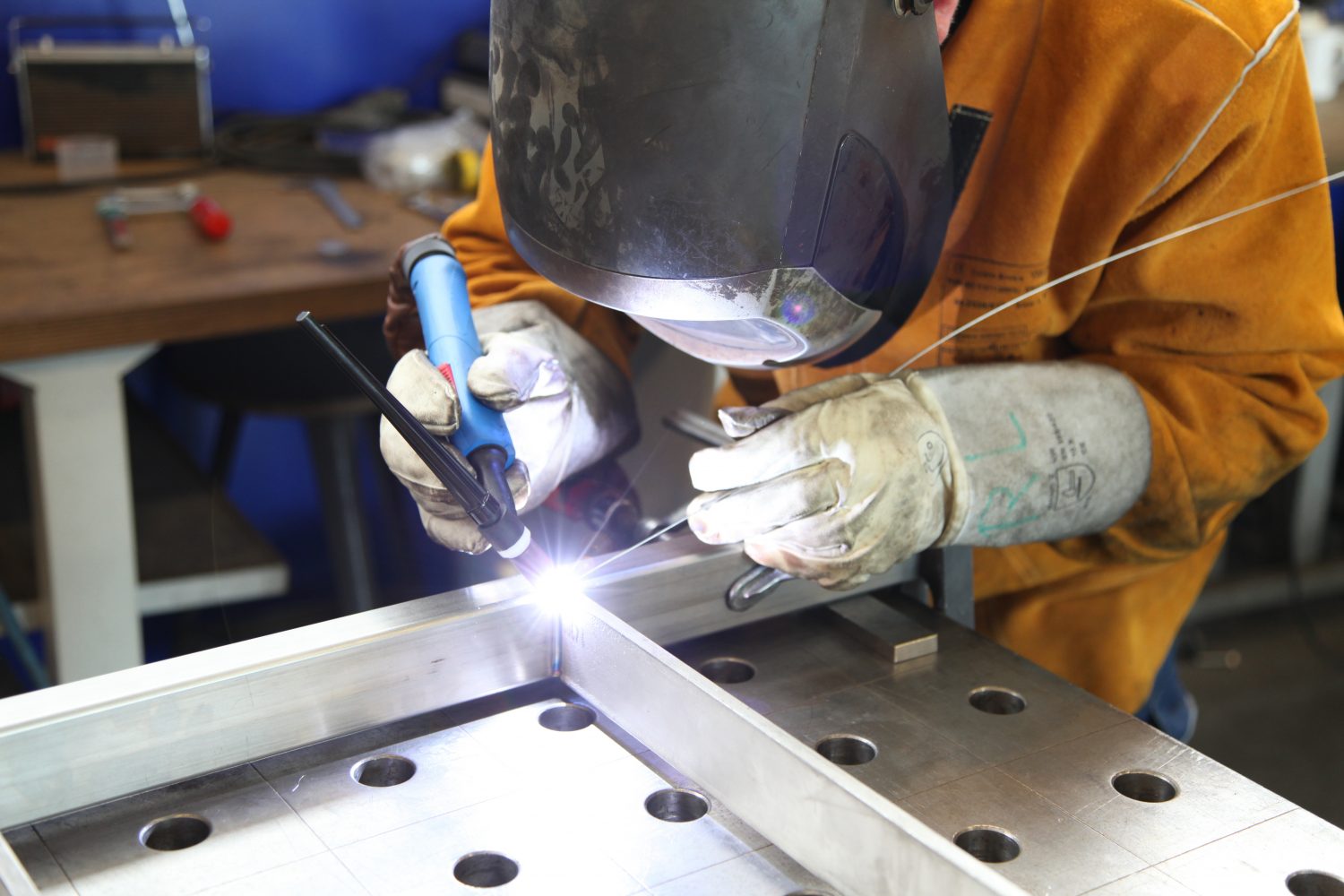What standards need to be met in metal fabrication?
22nd Aug

Metal fabrication is a big part of our society and everyday life, which means there needs to be standards in place. To ensure the safety of any metal fabrication projects being produced. This is especially the case for structural steel fabricated products which are deemed as “safety critical”. In this guide, we’ll be looking at the main standards that need to be met in metal fabrication. So, you can make sure you’re getting the best possible quality work for your bespoke steel fabrication projects that is fully compliant.
History of metal standards
In 1989 the Construction Products Directive (CPD) implemented a framework across the EU. That was designed to maintain the integrity of buildings and construction works. Following this in 2014, it was made a legal requirement through the CPD that any companies that manufactured or supplied steel products had to follow the terms of the BSEN 1090 standard. As well as making sure that the products are accurately CE marked.
Another important standard when it comes to the manufacturing process of high-quality metal fabrication is the International Organisation for Standardisation (ISO). This is a representative body from various industries around the world that establish and implement regulatory guidelines. The most common standard for metal workers to adhere to is the ISO 9001. Read on to learn more about BS EN 1090 and ISO 9001 below.
What is BSEN 1090 and why is it important?
The BSEN 1090 standard is made up of three parts that are designed to improve metal fabrication and the assembly of steel structures.
- EN 1090-1 – CE Marking sets out the terms to be followed for assessing and verifying a product or service.
- EN 1090-2 – outlines the requirements for manufacturing and assembling steel structures.
- EN 1090-3 – outlines the requirements for manufacturing and assembling aluminium structures.
BSEN 1090 is important because it sets a bar for compliance, traceability, and verification across all stages of the fabrication process. The standard looks at the following factors:
- Auditing
- Quality control and product testing
- Material certification and suitable storage
- Equipment set up and calibration
- Accurate documents and records
- Staff training, testing, and qualification
- Consumable certification and control
- Product marking/identification
- Controlling products that don’t conform
Demonstrating welding competence
To comply with BSEN 1090 standards, all welders are required to be fully qualified with welder approval test certificates. That are relevant to the type of welding being completed as well as adhering to BSEN 9606-1. Approval certificates are issued by an external test body and are valid for a maximum of three years. In addition, welders will have checks every 6 months to show that their welds are consistently being produced to the required standard.
Why is ISO important in metal fabrication?
ISO has a similar aim to BSEN 1090 as it is in place to make sure that fabrication projects are handled and managed, with the upmost safety and in compliance with the relevant industry. By having ISO in place, fabricators have a clear benchmark to reach and a high level of quality to achieve with every project they complete.
For example, if an order needs duplicates of different shapes, materials, and cuts. The ISO standards are a valuable resource in helping them to come out precise and identical. This is because each standard in the ISO includes detailed instructions and drawings for workers to follow.
Adhering to ISO standards ensures that every piece is alike, which informs the standard for each type of that particular product. When manufacturers don’t have to create their own standards and they’re already implemented, the fabrication process will be much smoother and easier no matter what project a company works on.
ISO 9001 supports managers and staff to work more efficiently by:
- Identifying the right manager
- Dividing the processes into smaller steps and sequences to follow
- Putting the workers into teams
- The manager assigning the steps and sequences to the appropriate teams or individuals
Conclusion
If you’re searching steel fabricators near me and want a company who produces high quality products in accordance with the relevant standards, FEM can help. All our work is completed following the most up to date health and safety legislation, full risk assessments, and method statements. Customer satisfaction and the quality of our work are our highest priorities. Contact us today to discuss your specific fabrication needs and see how our specialist services can benefit you.